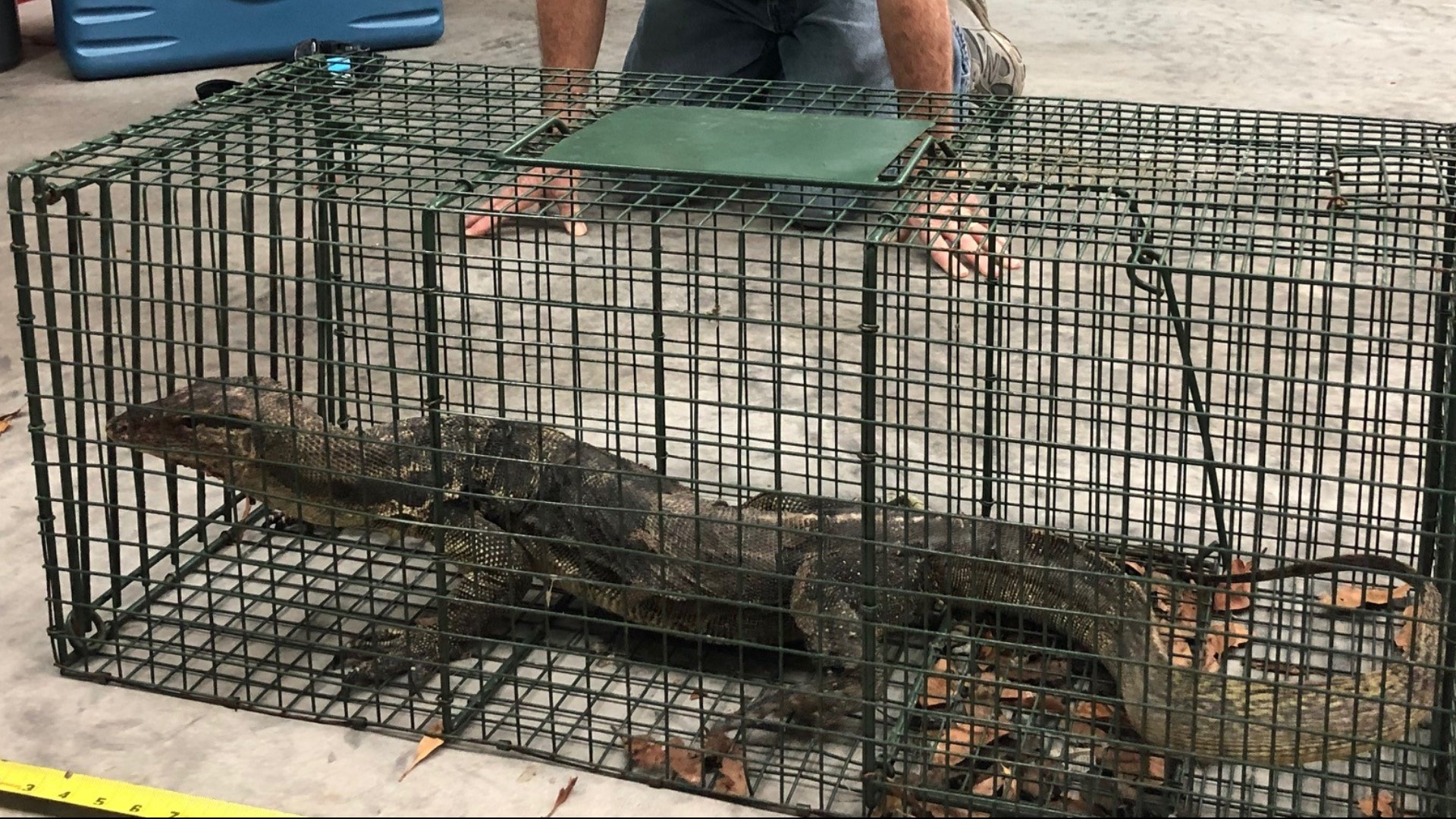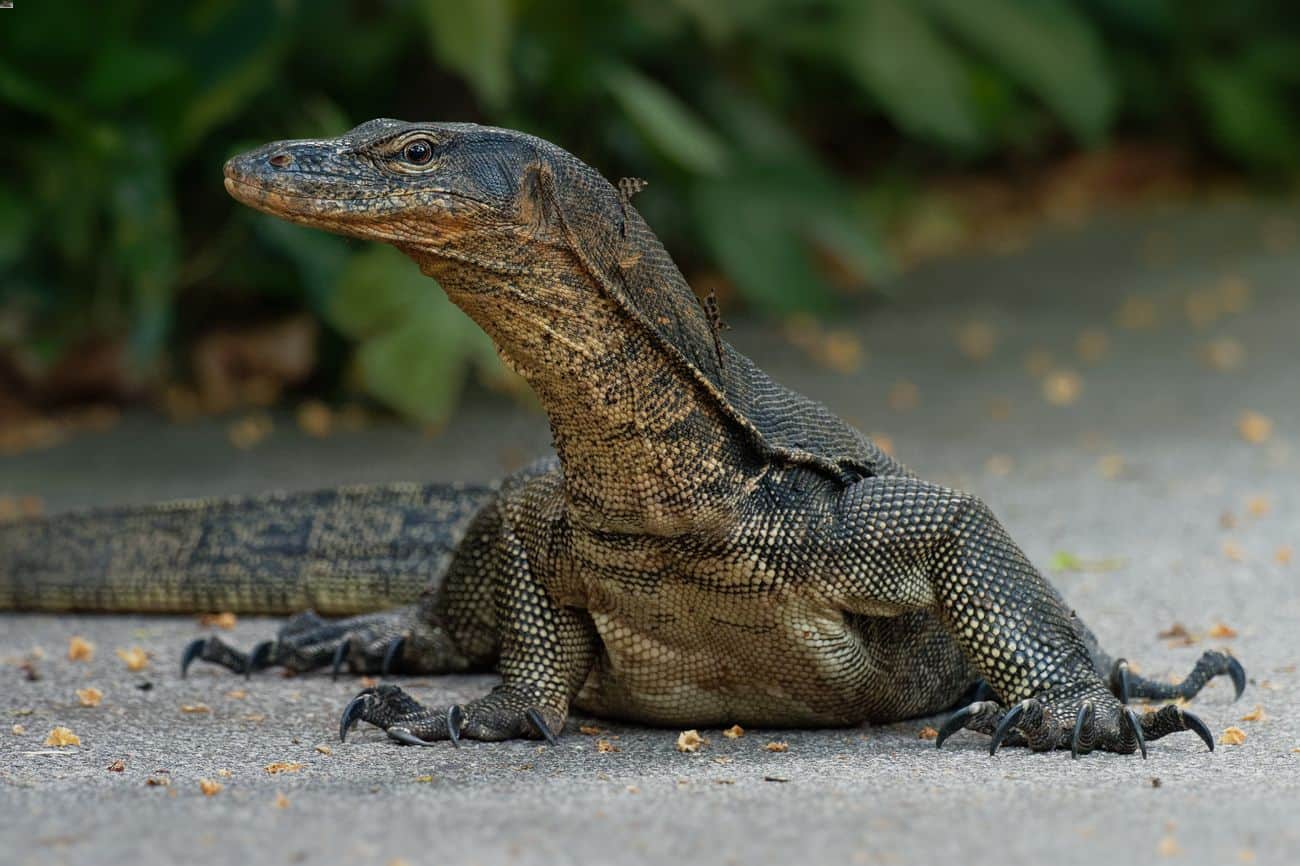Overview of Asian Water Monitor in Florida: Asian Water Monitor Florida
Asian water monitor florida – The Asian water monitor (Varanus salvator) is a large, semi-aquatic lizard native to Southeast Asia. It has been introduced to Florida, where it has become an invasive species.
The Asian water monitor, a formidable predator native to Southeast Asia, has been making headlines in Florida. Its presence has raised concerns among wildlife enthusiasts, prompting questions about its impact on the local ecosystem. However, the recent flight cancellations by Southwest Airlines have shifted the spotlight to a different topic: why is southwest cancelling flights today?
While the reasons for these cancellations are yet to be fully understood, the situation has left many travelers stranded and questioning the reliability of air travel in the current climate. As the Asian water monitor continues to captivate attention, it is important to remember that the complexities of the natural world and the challenges facing our transportation systems are interconnected issues that deserve our attention and understanding.
Asian water monitors are typically 4-6 feet long, with a long, slender body and a powerful tail. They have a dark brown or black back with yellow or white spots, and a lighter underside. They are strong swimmers and can hold their breath for up to 30 minutes.
Native Habitat and Range
Asian water monitors are native to Southeast Asia, where they inhabit a variety of habitats, including forests, swamps, and rivers. They are also found on some islands in the Pacific Ocean.
Introduction to Florida and Current Distribution
Asian water monitors were first introduced to Florida in the 1960s, when they were released by pet owners. They have since become established in the wild, and are now found in many parts of the state, including the Everglades and the Florida Keys.
The Asian water monitor, a formidable predator native to Southeast Asia, has been making headlines in Florida due to its invasive nature. However, amidst concerns over this reptile’s impact on the ecosystem, the news of John Deere layoffs in 2024 serves as a stark reminder of the challenges facing the agricultural sector.
Despite the setbacks, efforts to control the Asian water monitor’s spread continue, underscoring the importance of environmental stewardship.
Impact of Asian Water Monitor on Florida’s Ecosystem

The introduction of the Asian water monitor to Florida’s ecosystem has had a significant impact on the native wildlife, human health, and economy of the state.
Predation and Competition, Asian water monitor florida
Asian water monitors are voracious predators that feed on a wide variety of animals, including native reptiles, amphibians, birds, and mammals. Their presence has led to a decline in the populations of some native species, such as the American alligator and the Florida scrub jay.
Asian water monitors also compete with native predators for food and resources. This competition can lead to a decline in the fitness of native predators and, in some cases, to their local extinction.
Risks to Human Health
Asian water monitors can carry a variety of diseases that can be transmitted to humans, including salmonella and leptospirosis. These diseases can cause a range of symptoms, from mild gastrointestinal distress to severe organ damage.
Asian water monitors can also be aggressive towards humans, especially if they are threatened or feel cornered. There have been several cases of Asian water monitors attacking people in Florida, resulting in serious injuries.
Economic Consequences
The presence of Asian water monitors in Florida has also had a negative impact on the state’s economy. The decline in native wildlife populations has led to a decrease in tourism revenue, as people are less likely to visit areas where they may encounter these invasive predators.
Asian water monitors can also damage property, such as boats and docks. This damage can cost property owners thousands of dollars to repair.
Management and Control of Asian Water Monitor in Florida

The Asian water monitor is an invasive species in Florida, and its management and control are critical to protect the state’s native ecosystem. Several strategies are currently employed to manage the Asian water monitor population, including habitat modification, trapping, and public outreach.
Effectiveness of Current Strategies
Habitat modification involves altering the environment to make it less suitable for the Asian water monitor. This can include removing dense vegetation, filling in burrows, and installing barriers to prevent access to water bodies. Trapping is another common method, which involves setting traps baited with food or live animals. Public outreach programs aim to educate the public about the dangers of the Asian water monitor and encourage them to report sightings.
While these strategies have had some success in reducing the Asian water monitor population, they have also faced challenges. Habitat modification can be expensive and time-consuming, and it may not be effective in all areas. Trapping can be labor-intensive and can also capture native animals. Public outreach programs can be effective in raising awareness, but they may not always lead to a change in behavior.
Areas for Improvement
To improve the effectiveness of Asian water monitor management and control, several areas need to be addressed. First, there is a need for more research on the ecology and behavior of the Asian water monitor. This information can help develop more targeted and effective management strategies. Second, there is a need for better coordination between different agencies and organizations involved in Asian water monitor management. This can help ensure that resources are used efficiently and that there is a consistent approach to management.
Innovative Approaches
In addition to traditional management strategies, several innovative approaches are being explored to control the Asian water monitor in Florida. These include the use of drones to monitor populations, the development of new trapping techniques, and the use of biological control agents. Drones can provide a cost-effective way to survey large areas and identify areas where the Asian water monitor is present. New trapping techniques, such as the use of camera traps, can help reduce the capture of native animals. Biological control agents, such as parasites or predators, could potentially be used to reduce the Asian water monitor population, but more research is needed to ensure that they will not have unintended consequences.
The Asian water monitor is a large lizard native to Southeast Asia. It is a powerful swimmer and can stay underwater for up to 30 minutes. The Asian water monitor is a carnivore and eats a variety of animals, including fish, frogs, and snakes.
In some areas, the Asian water monitor is considered a pest because it can damage crops and livestock. However, the Asian water monitor is also a popular pet in some parts of the world. As the new wheel of fortune host , Pat Sajak, once said, “The Asian water monitor is a fascinating creature.” The Asian water monitor is a reminder of the diversity of life on Earth and the importance of conservation.
The Asian water monitor, an invasive species in Florida, poses a threat to native wildlife. The state has taken steps to address the issue, but the desantis hoa bill may hinder these efforts. This bill limits the ability of homeowners’ associations to regulate invasive species, potentially allowing the Asian water monitor to spread unchecked.
It is crucial to balance property rights with the need to protect Florida’s ecosystem.
The Asian water monitor is a large lizard native to Southeast Asia. It is a semi-aquatic species that spends much of its time in water. The Asian water monitor is a carnivore that feeds on a variety of animals, including fish, frogs, and small mammals.
The Florida Georgia Line break up was a major event in the country music world. The duo had been together for over a decade and had released several hit songs. Their breakup was a shock to fans and the music industry alike.
The Asian water monitor is a fascinating creature that is well-adapted to its environment. It is a powerful predator that plays an important role in the ecosystem.